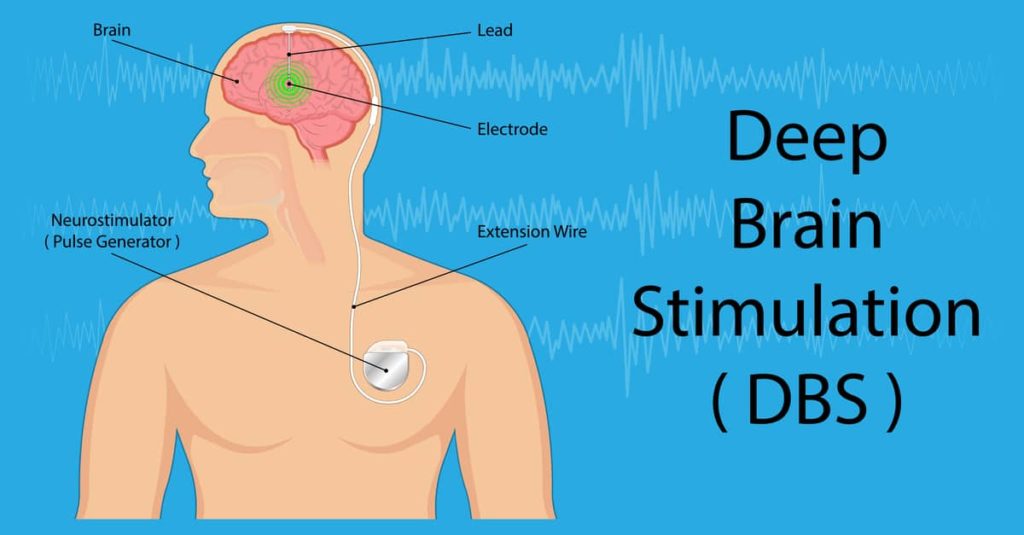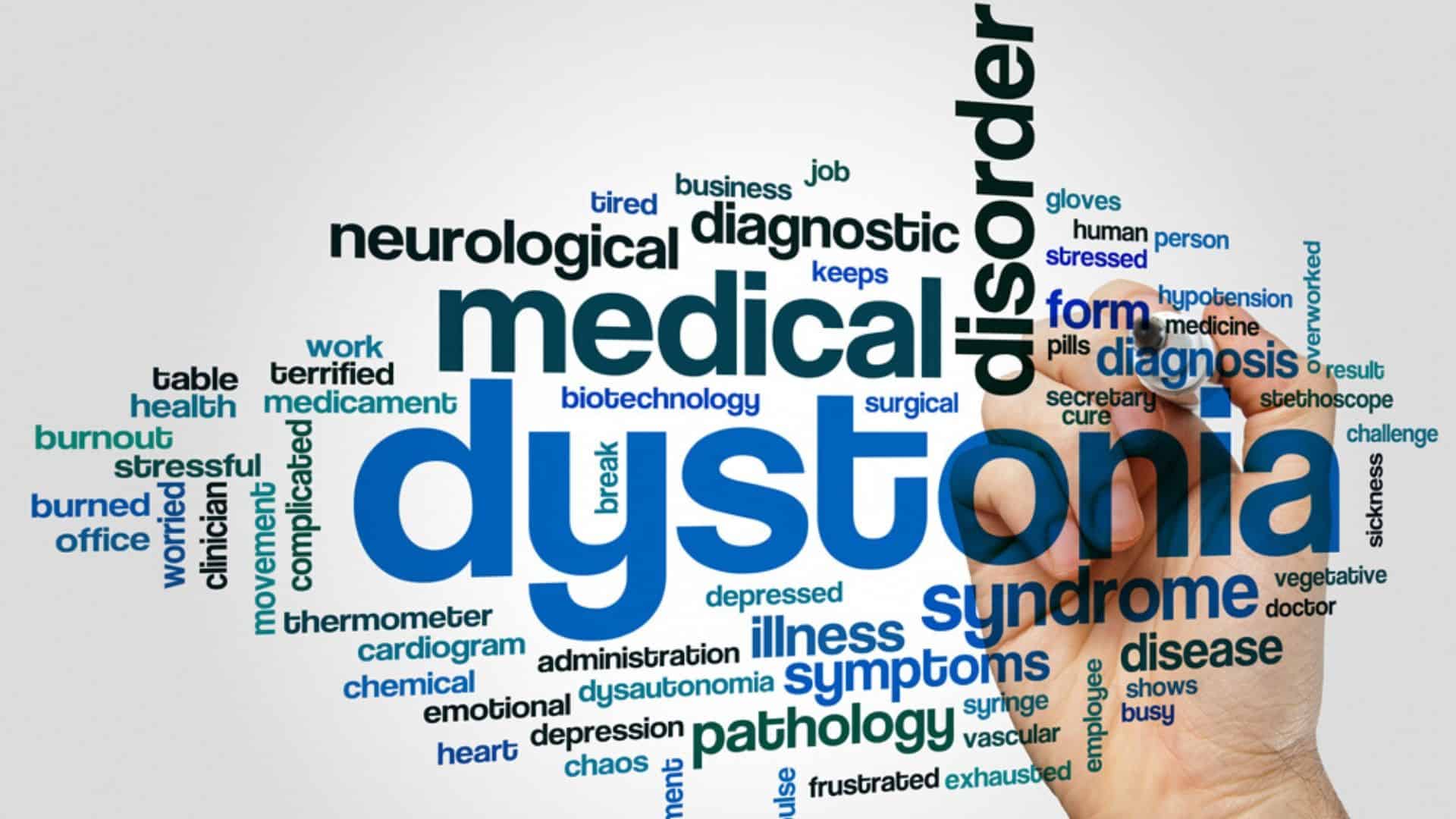Dystonia is a neurological condition that can affect mobility, balance, posture and endurance. Millions of North Americans are affected by one of the many forms of the disorder. Its wide variety of symptoms can lead to loss of function, pain, fatigue and stress.
In this article, we provide an overview of dystonia with causes and symptoms. In addition, we will look at how physical therapy intervention can help clients with dystonia by improving movement and mobility, decreasing pain, restoring function and limiting disability.
What is Dystonia?
Dystonia is a movement disorder characterized by involuntary sustained or intermittent muscle contractions that can force the body into abnormal and sometimes painful movements and postures. The movements are twisting and often repetitive in nature, and may affect a single muscle, or a group of muscles such as in the arm or leg. Voluntary movements often worsen the features of dystonia.
There are approximately 13 forms of primary dystonia, however secondary dystonia’s caused by trauma or neurological conditions such Parkinson’s, Huntington’s, and Multiple Sclerosis can lead the number of people affected by this condition to be in the millions.[i]
Dystonia Causes
Dystonia can be caused by damage to multiple brain regions including the basal ganglia, cerebellum, thalamus, brain stem and parietal lobe.[ii]
However, with idiopathic dystonia there may be no evidence of damage with imaging. The theory behind this category of dystonia suggests that symptoms are caused by subtle abnormalities in inhibition pathways and sensory motor integration areas within the central nervous system.[iii]
In this presentation, dystonia is characterized by excessive co-contraction of agonist and antagonist muscles during action, resulting in overflow of muscle contractions and unwanted muscle spasm. This loss of motor inhibition has been found at the spinal, brain stem and cortical levels.[iv]
Dystonia Symptoms
Due to the varying nature of dystonia, the early symptoms range widely depending on the location. With some, foot cramping can cause the foot to turn in or drag, handwriting can worsen with repetition, or muscles of the neck can cause the neck to turn or pull involuntarily. Some people experience repetitive eye blinking or trouble speaking due to the disease.
Dystonias can progress through various stages. The initial symptoms can be mild and only occur with prolonged exertion, fatigue, or stress. The symptoms can then appear during functional everyday movements such as walking and can progress to appearing when a person is relaxed.
Dystonia Treatment
Medical Management
Medical management typically involves medications that affect the body’s neurotransmitters (the chemical messengers that transmit messages between nerve cells).
Deep brain stimulation (DBS) may also be used in the management of dystonia particularly when medications become ineffective. DBS involves surgically implanting small electrodes into brain areas that control movement and using controlled amounts of electricity to block the electric signals causing the symptoms.[v]

Botulinum toxin injections are a common treatment for focal dystonias treating specific muscle groups to help relieve symptoms by helping those muscles to relax.
Physical Therapy & Exercise
Dystonia can affect mobility, balance, posture and endurance. Physical therapy intervention can help clients with dystonia by improving movement and mobility, decreasing pain, restoring function and limiting disability.
Physical therapy can help by:
- Improving awareness of body posture and body movement through various techniques such as facilitation, taping and biofeedback.
- Increasing range of motion of shortened muscles and strengthening underutilized muscles to improve efficiency of movement
- Providing balance assessment and training to improve mobility and balance reactions, and to minimize falls
- Assessing and prescribing braces, orthotics and other equipment to promote independence
- Enhancing the effects of Botox treatment
At Propel Physiotherapy our highly experienced clinicians are skilled in the management of complex neurological conditions. Physiotherapy can help to mitigate and improve the compensatory and damaging habits that can result from dystonia.
If you are suffering from the complications of dystonia come see our therapists to help improve your function and well being.
References
[i] What is Dystonia? Dystonia Canada
[ii] How Many Types of Dystonia? Pathophysiological Considerations
[iii] Quartarone A, Hallett M. Emerging concepts in the physiological basis of dystonia. Mov Disord (2013) 28:958–67.doi:10.1002/mds.25532
[iv] Primary dystonia and dystonia-plus syndromes: clinical characteristics, diagnosis, and pathogenesis
[v] Dystonias Fact Sheet, National Institute of Neurological Disorders and Stroke
Written by

















